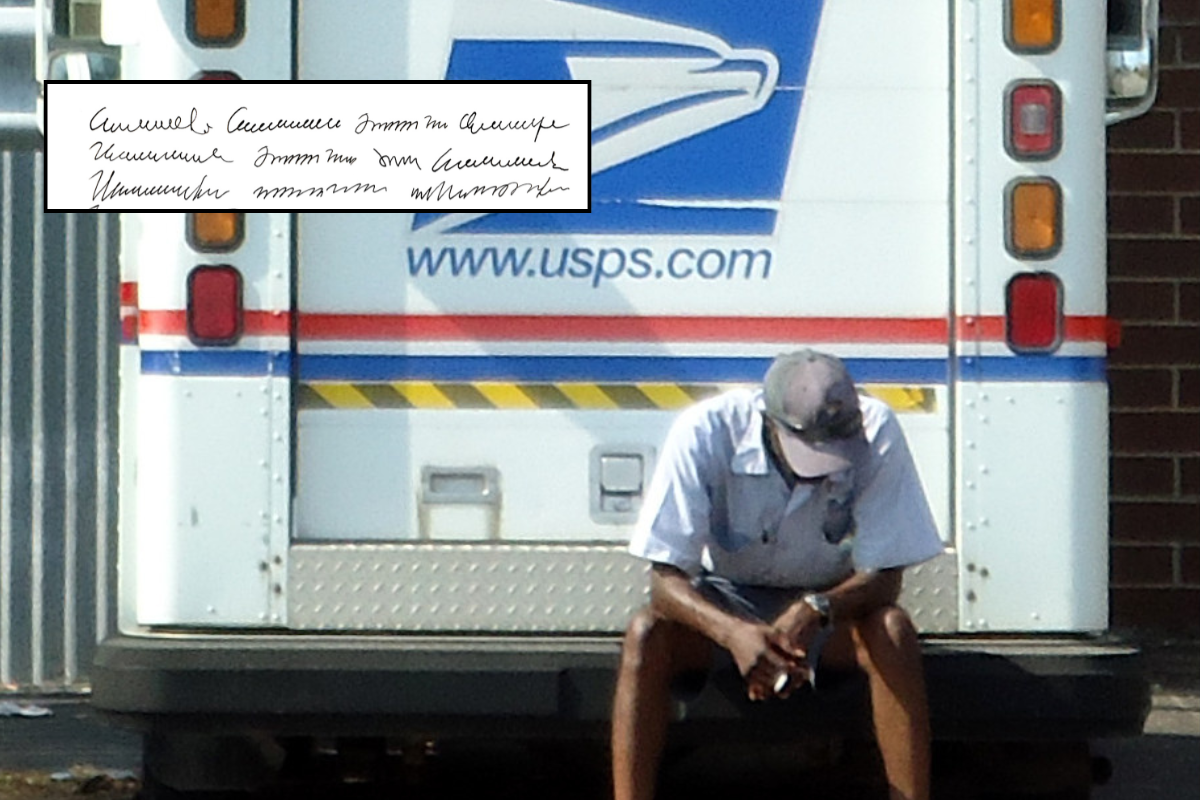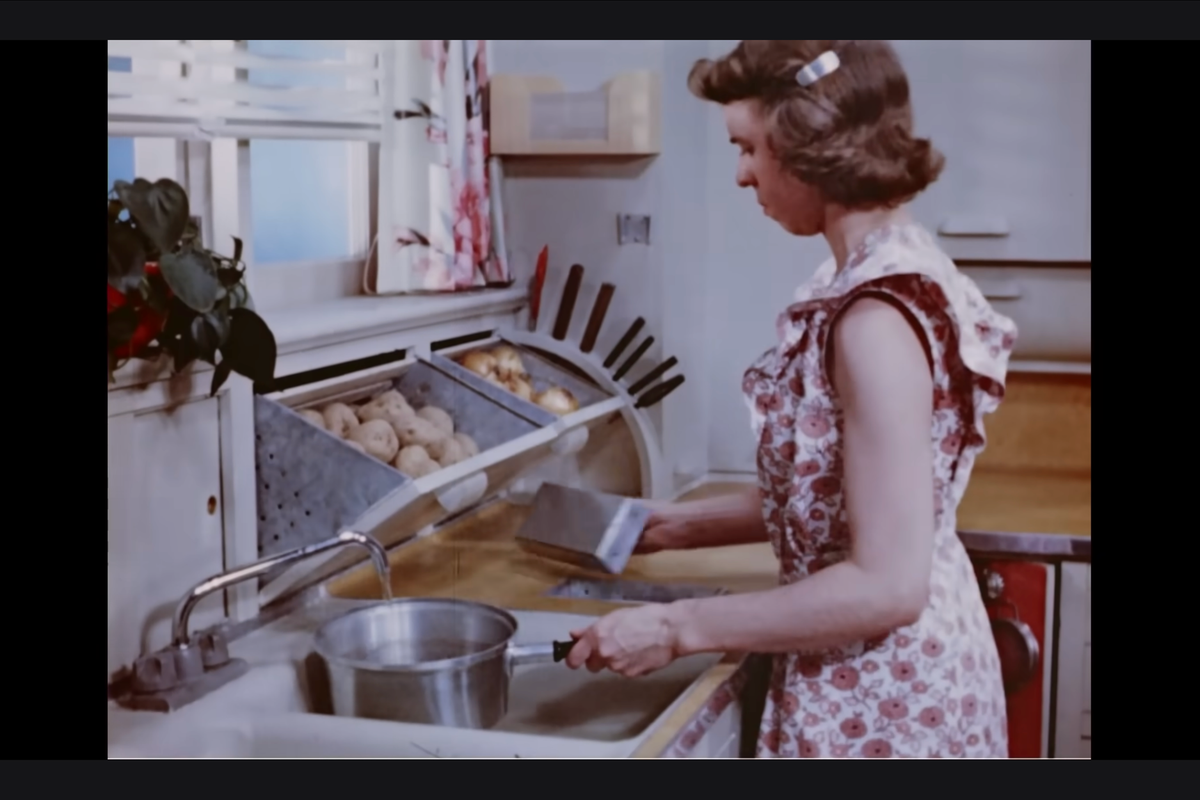A brave mother's video caught the attention of over 150 million Chinese citizens.
This is powerful stuff.
I first heard about the documentary on a Saturday morning in March.
As usual, I was awoken by one of my children crawling into our bed. It was my older daughter, who brought a book and curled up under the covers. Being the digital addict that I am, I groggily turned on my phone, and something strange was happening — a bunch of people were talking about a documentary, "Under the Dome," that had just been released in China.
Within 24 hours of its release, it had over 100 million views online. Over that first weekend in March, it had over 150 million views.
But here's the really crazy thing — it might change the game when it comes to China's relationship with the environment.
Everyone in China, from government officials to concerned parents, was watching it.
I emailed a friend of mine in China. He wrote back: "[I'm] in Beijing now. Woman next to me in Starbucks is watching it. It's huge here."
All images and GIFs via "Under the Dome," unless otherwise noted.
In a country where government censorship shuts down critical voices, how did this former journalist break through to reach over 100 million people?
Chai Jing brought the story home with a message any parent can relate to.
For Jing, the story started in Shanxi, where my paternal grandfather is also from. Growing up in Taiwan, I'd heard a few stories about Shanxi from him, but mostly I just knew of it as a place that was famous for its vinegar. These days, Shanxi is famous for something else: It's considered one of the most polluted places in the world, a result of its massive coal mining operations. But people in China aren't as surprised to hear about the effects of pollution there anymore.
At one point, early in the documentary, Jing plays a clip from an interview she conducted a decade earlier with a toddler in that province:
Absolutely heartbreaking.
But even back then, she never thought her own daughter would suffer the same thing.
When she became pregnant almost a decade later, Jing was happy to learn she was having a little girl — but her joy was threatened by terrible news:
Her unborn daughter already had a tumor.
Before she could even hold her newborn baby, the infant was whisked away for operation. Luckily, the surgery was a success, but it left Jing shaken. And it made her even more determined to truly understand the world she was bringing her daughter into.
Jing's daughter would grow up in a place with some of the most polluted air in the world.
The cleanliness of air is measured by the number of small particles (or "particulate matter") per cubic meter. According to the EPA, "small particles less than 10 micrometers in diameter pose the greatest problems, because they can get deep into your lungs, and some may even get into your bloodstream."
These fine particles, 1/30th as wide as the average human hair (2.5 micrometers), are the main cause of haze and reduced visibility.
They're also dangerous.
"Under the Dome" is real. Many children in China live most of their days stuck indoors to keep them safe from the polluted air.
During the year that Jing was working on the documentary, only 190 days were safe enough for her to take her daughter outside. The other 175 days were too smoggy to go outside.
Many people in China have been told the "haze" is just part of a bad weather pattern, like fog.
To demolish that myth, Jing carried around an air quality "sampling film" for 24 hours to measure the air, and she sent it to Dr. Qiu Xinghua at Peking University for analysis.
They found 14 times the acceptable level of a carcinogen, benzo(a)pyrene, in the sample.
But when it came to looking at particulate matter, even the scientist who analyzed the sample didn't believe his results. He double-checked his math, and the numbers were right.
At one point, Jing tried to go to a lab and subject herself to these levels of toxins so she could test the side effects. And, get this: The lab wouldn't let her do so because it was TOO DANGEROUS. That's right. It was TOO DANGEROUS AND UNETHICAL TO RE-CREATE INSIDE THE LAB the same conditions that millions of people live with every day in China.
Is it hopeless? Jing doesn't think so.
She points out that it wasn't that long ago that places like Pittsburgh and London had similar air pollution problems, and they overcame them.
Image from University of Pittsburgh, Smoke Control Lantern Slide Collection.
In 1952, the combination of coal smoke and a windless weather pattern killed an estimated 12,000 people and injured 100,000 in London.
If these cities can change, it's not too late for China.
It's impossible not to look at this reporter, this fiercely protective mother — who has taken all of her passion and bravely stood up to her government and to business interests — and not respect her bold decision to do her part to make a difference in the world.
This is a riveting and important documentary at a tipping point in China's history. It could have a profound effect on the course that China charts.
And China is listening.
We at Upworthy thought it was so important for English-speaking audiences to understand the power of this groundbreaking documentary, we provided an English language translation of the first and last 10 minutes of the video.
I highly recommend reading along with the beginning and end, and reading along in English by clicking the "transcript" button below the video.
Watch the first part here:
You can watch the last eight minutes here, or for the full documentary experience without having to watch it, you can also read Upworthy's summary of the documentary here.
China's air pollution is getting worse. We need to get the word out.
In early December, the smog was so thick that government authorities in China issued their first ever "red alert." This problem is not going away and we need to promote solutions and awareness.
We can help spread the word about Obama's Clean Power Plan as an example of a comprehensive solution to promote clean energy everywhere. Or you can spread the word on this massive problem. Or both. The solution is up to all of us.



 TikTok · Ale
TikTok · Ale
 Kittens are the cutest.
Kittens are the cutest.  Grrrr, wook at his widdle paws and his widdle whiskers.
Grrrr, wook at his widdle paws and his widdle whiskers. 

 Design 3D GIF
Design 3D GIF 
 Bluebells at the Brooklyn Botanical Gardens.
Bluebells at the Brooklyn Botanical Gardens. 